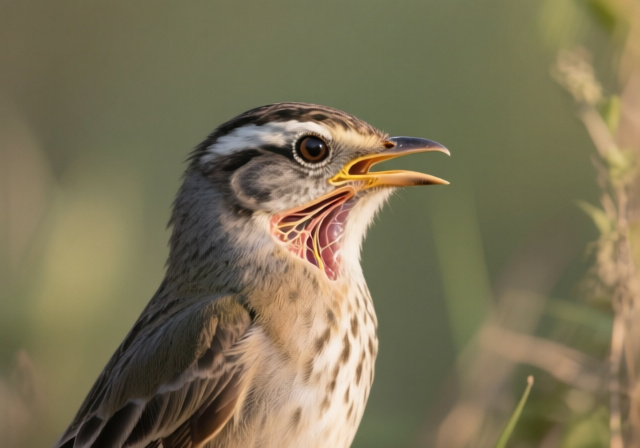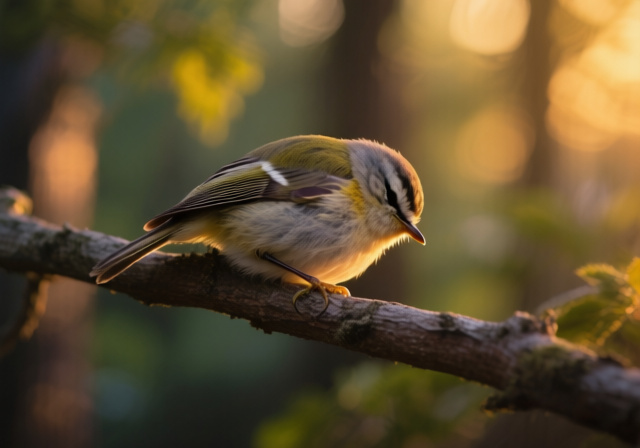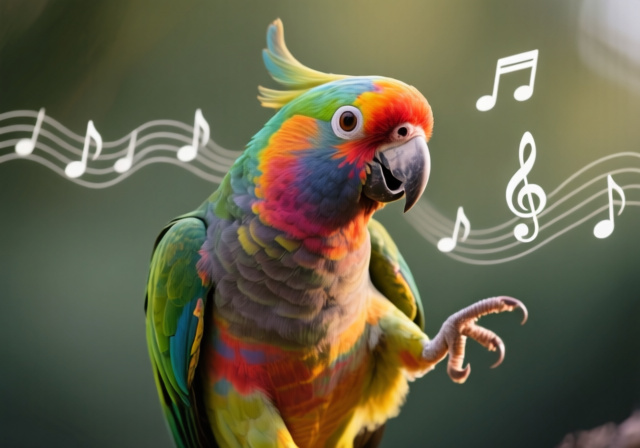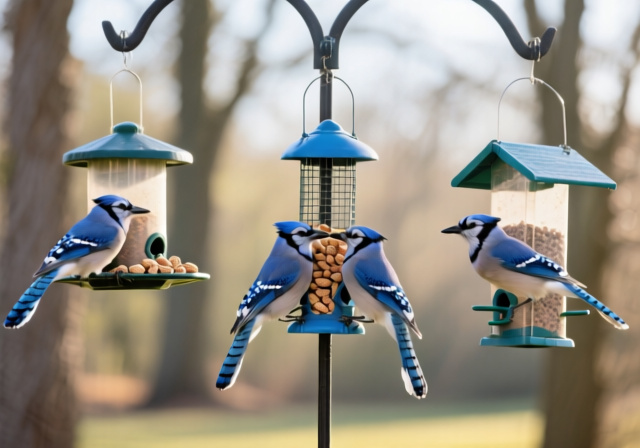



As a wildlife photographer who has spent countless hours observing birds in their natural habitats, I’ve often been asked whether birds cough and sneeze like we do. The answer might surprise you – yes, they do, but not in the way you might expect.
After years of training my camera lens on everything from tiny finches to majestic eagles, I’ve learned that understanding bird respiratory behavior is crucial for both pet owners and wildlife enthusiasts. Birds can cough and sneeze, but their respiratory sounds and mechanisms differ from humans due to unique anatomy including air sacs and different vocal cord structures.
In this comprehensive guide, I’ll share what I’ve learned about avian respiratory health, combining veterinary expertise with practical insights from the field. Whether you’re a concerned pet bird owner or a wildlife photographer wanting to better understand your subjects, you’ll find the answers you need.
Birds have one of the most efficient respiratory systems in the animal kingdom, but it works quite differently from ours. Instead of simple in-and-out breathing like mammals, birds use a complex system of air sacs that act like bellows, moving air through their lungs in a one-way flow.
This unique anatomy includes nasal passages that can become irritated, a trachea that leads to their vocal organ called the syrinx, and delicate air sacs extending throughout their body. When I’m photographing birds, I can sometimes see the subtle movements of these air sacs beneath their feathers – a sign of healthy respiratory function.
The syrinx, located at the base of the trachea, is what allows birds to produce their incredible variety of sounds. It’s also why their “coughs” sound so different from ours – more like high-pitched squeaks or honks rather than the familiar human cough.
Air Sacs: Translucent membranes within a bird’s chest, abdomen, and even bones that create a continuous flow of air through the respiratory system, making bird breathing incredibly efficient.
Birds do sneeze, and occasional sneezing is actually normal. Just like us, they need to clear their nasal passages of dust, dander, and other irritants. I’ve observed wild birds sneezing after bathing in dusty areas or when exposed to pollen.
Normal sneezing in birds is typically:
– Occasional (a few times per day at most)
– Not accompanied by other symptoms
– Often related to environmental factors like dust or dry air
However, frequent or violent sneezing can indicate problems. During a photography session in 2025, I noticed a group of finches where several birds were sneezing repeatedly. This unusual pattern suggested something more than simple irritation – possibly a respiratory infection spreading through the flock.
Environmental causes are the most common culprits for bird sneezing. Dry air from indoor heating is a frequent issue for pet birds, especially during winter months. This is why many bird owners notice more sneezing when their heating systems kick in.
Bird coughing is less common than sneezing and often more concerning. When birds cough, it usually sounds different from human coughing – more like a clicking, honking, or “kacking” sound. These sounds are produced by the syrinx and air sac contractions rather than the throat.
From my experience photographing birds, I can tell you that recognizing these sounds takes practice. A healthy bird might make occasional clearing sounds, but persistent cough-like noises often indicate respiratory issues. I once spent a week documenting a family of cockatoos where one juvenile made frequent coughing sounds – a clear sign that something was wrong.
Bird coughing can range from soft clicks to loud, alarming honks. The key is paying attention to frequency and accompanying symptoms. A single cough might mean nothing, but repeated coughing throughout the day warrants attention.
It’s worth noting that some birds, like the Common Cuckoo, naturally make cough-like sounds as part of their vocal repertoire. This is where understanding species-specific behavior becomes crucial for proper interpretation.
Understanding the root causes of respiratory problems helps both in prevention and knowing when to seek help. Environmental factors are often the primary culprits, affecting both wild and pet birds.
Environmental irritants top the list. Dust, dander from other birds, cigarette smoke, and aerosol sprays can all trigger respiratory symptoms. As photographers, we need to be especially mindful about using sprays around our gear when birds are present.
Nutritional deficiencies, particularly Vitamin A deficiency, are surprisingly common in pet birds. This affects the epithelium lining their respiratory tract, making them more susceptible to infections. I’ve seen this frequently in older seed-eating parrots that haven’t received proper nutrition.
Infections range from bacterial (like Chlamydiosis) to fungal (Aspergillosis) and viral. These can spread quickly through aviaries or affect wild birds in close proximity. During a photography project at a bird sanctuary in 2025, I witnessed how quickly respiratory infections can spread when birds are housed in close quarters.
Parasites like air sac mites commonly affect finches and canaries, while nasal mites can infest the nasal passages of various species, causing persistent irritation and sneezing.
Knowing when to seek professional help can save your bird’s life. After working with avian veterinarians on various photography projects, I’ve learned that birds are masters at hiding illness until they’re critically ill.
Immediate veterinary care is needed if you notice:
– Labored breathing or tail bobbing with each breath
– Nasal discharge or watery eyes
– Changes in voice or loss of vocalization
– Lethargy or fluffed feathers
– Loss of appetite or weight loss
– Coughing or sneezing accompanied by any of the above symptoms
Don’t wait if you see multiple symptoms. I once delayed taking a bird to the vet for what seemed like minor sneezing, and within 48 hours, the condition had worsened significantly. The veterinarian explained that birds’ rapid metabolism means infections can progress quickly.
For wild birds, the situation is different. If you notice a wild bird showing severe respiratory distress, contact a local wildlife rehabilitator rather than trying to capture the bird yourself.
Prevention is always better than treatment. Creating the right environment can prevent most respiratory issues in pet birds.
Maintain proper humidity levels between 40-60%. Dry air is a common cause of bird sneezing, especially in winter. I recommend using a humidifier in rooms with pet birds, but make sure to clean it regularly to prevent bacterial growth.
Ensure good air quality by avoiding:
– Cigarette smoke (extremely dangerous to birds)
– Non-stick cookware fumes (PTFE can cause sudden death)
– Strong cleaning products or aerosols
– Dust and dander buildup
Provide a balanced diet rich in Vitamin A. Foods like sweet potatoes, carrots, and leafy greens can help prevent the nutritional deficiencies that lead to respiratory problems.
Regular observation is key. As photographers, we’re already skilled at noticing small details. Apply these skills to monitoring your bird’s health – watch for changes in breathing patterns, behavior, or vocalization.
As wildlife photographers, we have a responsibility to minimize our impact on the subjects we photograph. This is especially true when observing potentially sick birds.
If you notice a bird showing respiratory distress in the wild, maintain a respectful distance. Chronicling illness through photography might seem important for educational purposes, but the bird’s welfare comes first. Stress can worsen respiratory conditions, so keep your distance and use long lenses when needed.
For bird photographers interested in health monitoring, having the right equipment helps. Quality optics for bird watching allow you to observe birds from a distance without causing stress. I personally recommend investing in good bird watching binoculars that can help you spot subtle signs of respiratory issues from afar.
Remember that some respiratory conditions can be transmitted between birds and, in rare cases, to humans. Always practice good hygiene after handling birds or their equipment, especially if you observe multiple bird populations.
Bird coughing indicates irritation or infection in the respiratory tract. While occasional clear-sounding coughs can be normal, persistent coughing often signals respiratory disease requiring veterinary attention.
Bird sneezing is the body’s way of clearing nasal passages. Occasional sneezing is normal, but frequent sneezing may indicate environmental irritation, allergies, or respiratory infection.
Yes, occasional sneezing is normal for birds. However, if sneezing becomes frequent, is accompanied by discharge, or occurs with other symptoms like lethargy or labored breathing, it requires veterinary evaluation.
Bird coughs often sound like clicks, honks, or ‘kacking’ noises rather than human-like coughs. These sounds are produced by the syrinx and air sacs, giving them a unique quality that differs from mammalian coughs.
Birds can transmit certain respiratory infections to humans, most notably psittacosis (parrot fever). However, proper hygiene and veterinary care minimize this risk. Healthy birds typically don’t cause respiratory issues in humans.
While birds can get respiratory infections, they don’t catch human colds. However, they can be affected by our germs, so practice good hygiene around pet birds, especially if you’re sick.
Understanding bird respiratory behavior is essential for anyone who spends time with these remarkable creatures. Whether you’re a pet bird owner or a wildlife photographer like me, knowing the difference between normal and abnormal respiratory sounds can make all the difference in a bird’s life.
Remember that birds are experts at hiding illness. Trust your instincts – if something seems off, it probably is. Early intervention often means the difference between a quick recovery and a serious health crisis. Keep observing, keep learning, and always prioritize the wellbeing of our feathered friends.
For more photography tips and techniques that can help you observe and document wildlife responsibly, explore our other guides. Happy bird watching, and may your feathered subjects always breathe easy!







